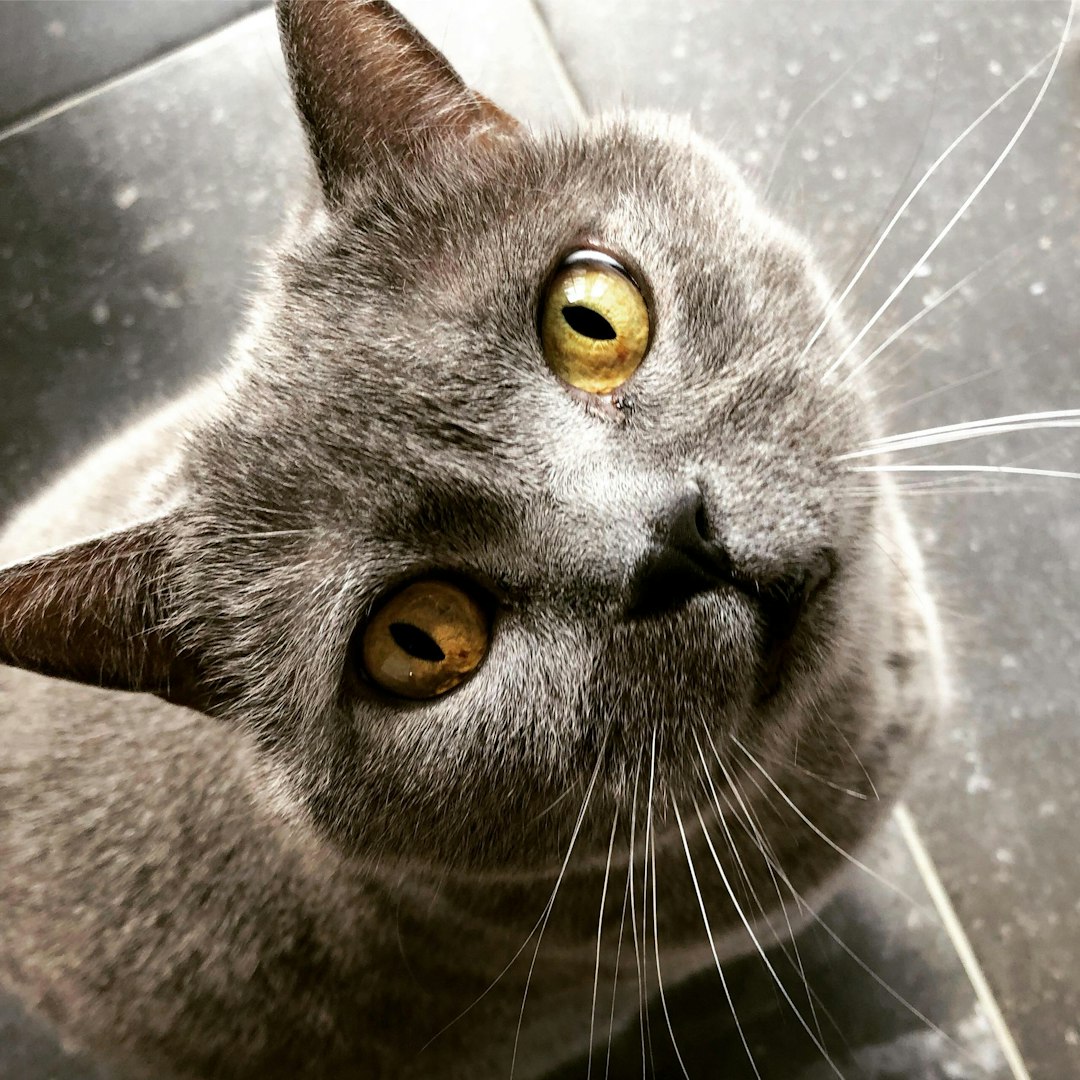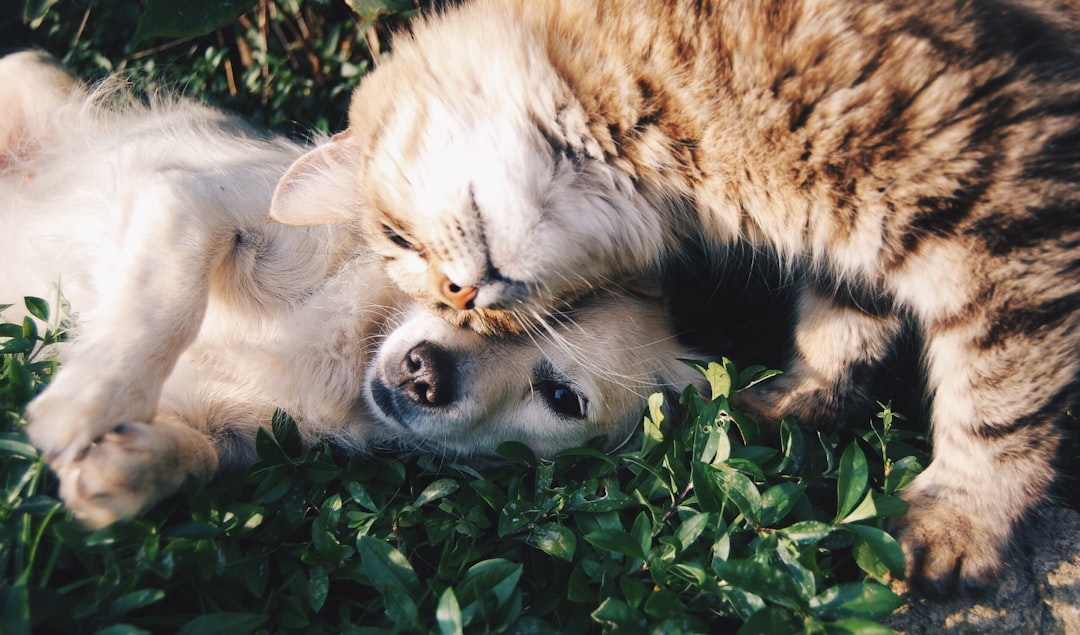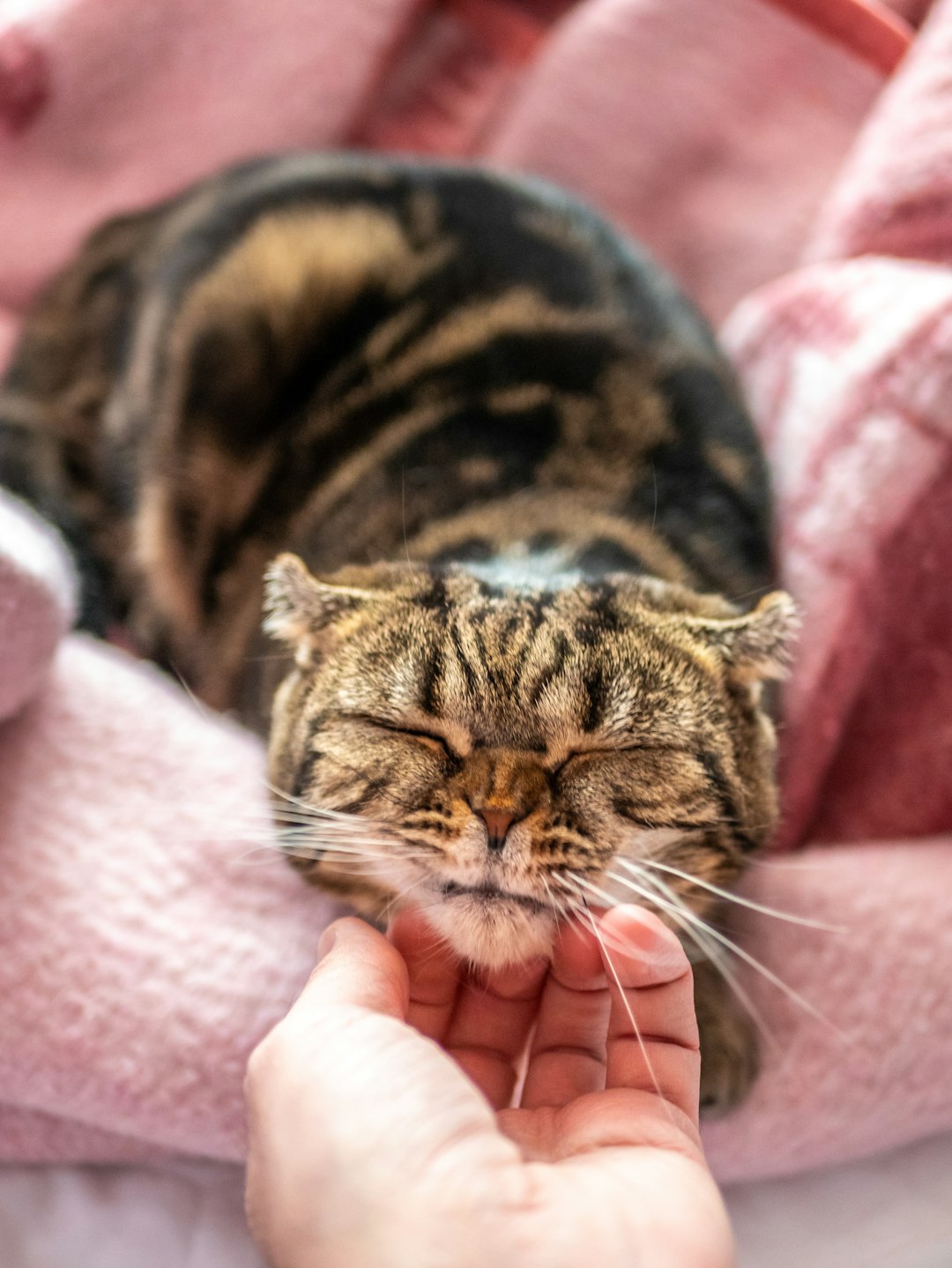Incorporating a cat rug into your home can be a delightful way to blend aesthetics with functionality, especially if you share your space with a curious feline. Understanding your cat’s behavior and preferences is vital when choosing the right rug, as the material, size, color, and durability all play crucial roles in creating a harmonious environment for both you and your pet. Furthermore, maintaining your rug’s cleanliness and ensuring it is safe for your furry friend are essential considerations. With the right approach, you can find the perfect cat-friendly decor that meets your needs while keeping your lively companion happy. Dive into this guide to explore how to choose the best rugs that suit both your style and your cat’s playful nature.
Understanding Cat Behavior on Rugs
Why Cats Love Rugs
Cats are naturally drawn to rugs for several reasons. The soft texture provides them comfort, making it an inviting spot to lounge or nap. Additionally, rugs can serve as excellent pads for stretching and scratching, allowing cats to maintain their claws without damaging furniture. Here are some key factors explaining the attraction:
| Factors | Explanation |
|---|---|
| Texture | The softness feels pleasant under their paws. |
| Temperature Control | Rugs can retain heat, providing a warm resting place. |
| Scent Marking | Cats often mark their territory by rubbing against fibers. |
| Safety | Rugs offer a stable surface away from slippery floors. |
Common Behaviors to Observe
When observing your feline companions on rugs, you’ll likely notice a variety of entertaining and instinctual behaviors. Here are some common actions they exhibit:
| Behavior | Description |
|---|---|
| Scratching | Helps maintain claws while also stimulating scent glands. |
| Rolling | Cats often roll around to spread their scent and feel the textures. |
| Pouncing | Playful instinct is triggered, leading to mock “hunting” scenarios. |
| Nesting | Cats may knead or make a “bed” indicating comfort. |
Understanding these behaviors is crucial for selecting rugs that accommodate your cat’s needs while enhancing your home décor. By acknowledging their instincts and preferences, you can create a welcoming environment where both you and your feline can enjoy.
Material Matters: Best Rug Types for Cat Owners
Choosing the right rug material is crucial for maintaining a harmonious environment for both cats and their owners. The choice of fiber can significantly influence a cat’s behavior, comfort, and your home’s aesthetic. Here’s what you need to know about the types of materials suitable for feline households.
Synthetic vs. Natural Fibers
When selecting rugs, consider the differences between synthetic and natural fibers. Here’s a comparative table to help you decide:
| Material Type | Pros | Cons |
|---|---|---|
| Synthetic | – Affordable and durable | – May trap odors |
| – Stain-resistant options available | – Less breathable than natural fibers | |
| Natural | – Eco-friendly and biodegradable | – Often more expensive |
| – Breathable and comfortable for pets | – Can be prone to staining |
How Material Affects Cat Behavior
The chosen rug material can impact your cat’s behavior in various ways. Cats often prefer soft surfaces for lounging, while some might enjoy the texture of sisal or jute for scratching.
- Soft Fabrics: Cats love fluffy surfaces that provide comfort, making materials like plush or shawl a great choice.
- Scratch-Resistant Options: Durable materials can deter clawing and help keep your rug intact.
- Non-Toxic Choices: Always opt for materials that are safe and free from harmful chemicals, ensuring a safe space for your feline friend.
By understanding the impact of materials, you can create a cozy environment that appeals to both your aesthetic desires and your cat’s instincts.
Rug Size: Finding the Perfect Fit for Your Space
Measuring Your Space
To find the ideal rug that complements both your living area and your feline friend, start by measuring your space accurately. Use a tape measure to note both the length and width of the area where you plan to place the rug. Consider any furniture arrangements as well. For example:
| Space Type | Recommended Rug Size | Example Arrangement |
|---|---|---|
| Living Room | 5′ x 8′ or 8′ x 10′ | Under coffee table |
| Bedroom | 6′ x 9′ or 9′ x 12′ | Under bed and nightstands |
| Dining Room | 8′ x 10′ or larger | Under dining table |
Ensure to leave some margins around the rug, ideally 18-24 inches, to create a balanced look.
Choosing the Right Size for Comfort
The size of the rug plays a significant role in the comfort of both the inhabitants and your feline. A larger rug provides ample space for your cat to lounge and play, while smaller rugs may feel cramped. Consider where your cat likes to spend time:
- Play Area: Choose a rug that allows enough room for toys and active play.
- Resting Spot: A larger rug in a sunny area can serve as a cozy nap zone.
When selecting, keep your cat’s habits in mind, as choosing the correct size not only enhances aesthetics but also creates a more inviting environment for your pet. Aim for a rug that fits your lifestyle and the needs of your feline, ensuring both comfort and visual harmony.
Color and Design: Aesthetic Appeal for Cats and Owners
Choosing Colors That Suit Your Home
Selecting the right color for rugs not only enhances the aesthetic of your living space but also caters to your feline’s playful nature. Here are some tips to consider:
| Color | Benefits |
|---|---|
| Neutral Tones | Blend seamlessly with various decor, creating a calming atmosphere. |
| Bold Colors | Make a statement and add personality to your home. |
| Dark Shades | Conceal stains and fur effectively, while still looking chic. |
| Pastels | Offer a soft, inviting vibe that can brighten a room without overwhelming it. |
Patterns That Hide Fur and Mess
Opting for patterned rugs can be strategic for cat owners. Not only do they provide visual interest, but they also cleverly mask pet-related messes. Here are some popular designs:
| Pattern Type | Advantages |
|---|---|
| Geometric Designs | Create a modern look, while camouflaging spills and fur. |
| Floral Patterns | Add elegance, distract from stains, and blend with natural surroundings. |
| Abstract Prints | Artistic flair that masks everyday dirt with lively colors and shapes. |
| Animal Prints | Celebrate your love for pets, while subtly hiding pet hair and dirt. |
In summary, choosing the right colors and patterns offers both aesthetic appeal and practical benefits for cat owners. By carefully considering your options, you can enhance your home’s decor while keeping it cat-friendly.
Durability: Long-Lasting Rugs for Active Cats
What Makes a Rug Durable?
When selecting an ideal rug for homes with energetic felines, it’s essential to consider durability. Several factors contribute to a rug’s longevity, including material, weave type, and thickness. For example, rugs made from synthetic fibers often resist wear and tear better than natural materials. Additionally, heavy, tight weaves can withstand scratching and playful antics.
The following table highlights key characteristics to look for in durable rugs:
| Feature | Description |
|---|---|
| Material | Synthetic fibers (e.g., nylon, polyester) resist staining and are easy to clean. |
| Weave Type | Low-pile and flat weaves** hold up better under paws and claws. |
| Thickness | Thicker options add comfort and last longer against wear. |
| Finishing | Stain-resistant treatments can prolong the lifespan. |
Top Durable Rug Options for Cat Owners
With active cats in mind, several rug types stand out for their remarkable durability. Consider the following highly recommended options:
- SmartStrand Rugs:
- Made from sustainable fibers, these rugs are stain-resistant and can handle heavy foot traffic.
- Indoor-Outdoor Rugs:
- Designed to withstand the elements, these rugs resist fading and are easy to clean, making them ideal for feline households.
- Jute Rugs:
- While not entirely scratch-proof, jute offers a natural and durable option with a unique texture that appeals to cats.
- Nylon Rugs:
- Known for their resilience, nylon can withstand the clawing and scratching, maintaining a fresh appearance for years.
When choosing rugs for active felines, prioritize these durable options to ensure a harmonious blend of style and longevity.
Maintenance and Cleaning Tips for Cat Owners
Regular Cleaning Routines
Maintaining a clean and comfortable environment for both you and your feline is crucial. Establishing a regular cleaning routine helps prevent buildup of fur, dander, and allergens. Aim for these tasks:
| Task | Frequency |
|---|---|
| Vacuuming | 2-3 times a week |
| Spot cleaning | As needed |
| Deep cleaning (shampooing) | Every 3-6 months |
Invest in a high-quality vacuum with pet hair attachments to effectively handle cat fur. For daily upkeep, a lint roller can be a quick solution to remove stray hair from surface rugs.
Removing Stains and Odors
Dealing with stains and odors is an inevitable part of being a cat owner. Here are practical tips to tackle these challenges effectively:
- Immediate Action: As soon as you notice a stain, blot it with a clean cloth to absorb the liquid. Avoid rubbing, as it can spread the stain further.
- Natural Cleaners: Use a mixture of white vinegar and water or a mild detergent for cleaning. Both options effectively neutralize odors while being safe for pets.
- Commercial Cleaners: If you prefer store-bought solutions, consider enzymatic cleaners specifically designed for pet stains. They are highly effective in breaking down organic matter.
By integrating these maintenance and cleaning practices into your routine, you can ensure that your home remains inviting and odor-free, creating a harmonious space for both you and your beloved feline companion.
Safety Considerations When Choosing Rugs
When selecting rugs for homes shared with feline companions, safety should be a top priority. Not only do rugs enhance décor, but they also play a vital role in maintaining a safe environment for your pets. Here are important considerations to keep in mind:
Non-Toxic Materials for Cats
Opting for rugs made from non-toxic materials prevents unwanted health risks due to potential chemical exposure. Here are some recommended materials:
| Material Type | Benefits |
|---|---|
| Organic Fibers | Free from harmful chemicals, eco-friendly |
| Bamboo | Naturally anti-bacterial and hypoallergenic |
| Wool | Durable, natural, and biodegradable |
These materials are not only safer for your pets but also provide comfort and stability, minimizing any chances of irritation or allergic reactions.
Avoiding Slips and Falls
Preventing slips and falls is crucial for the safety of both cats and their owners. Consider these tips for ensuring a stable surface:
- Rug Pads: Use high-quality rug pads that grip the floor to keep the rug securely in place.
- Weight Considerations: Choose heavier rugs that are less likely to shift when your cat runs or jumps onto them.
- Low Pile Options: Select rugs with low pile heights to ensure pets can move easily without getting caught or slipping.
By integrating these safety measures, you can create a household that is not only stylish and inviting but also secure for your playful feline.
Rug Alternatives for Cat Owners
Rugs vs. Cat Mats
When considering the best options for a cat-friendly environment, cat mats often stand out. Unlike traditional rugs, cat mats are specifically designed with feline needs in mind. They tend to be smaller, easier to clean, and often feature materials that resist claws and stains. Here’s a quick comparison:
| Feature | Traditional Rugs | Cat Mats |
|---|---|---|
| Durability | Moderate | High |
| Ease of Cleaning | Low to Moderate | High |
| Design Options | Numerous | Limited |
| Cat-Specific Features | Rare | Common |
For effective protection against wear and tear, cat mats can serve as perfect alternatives to traditional rugs.
Other Flooring Solutions
While rugs and mats provide comfort, various other flooring solutions also cater well to cat owners. Consider these options:
- Vinyl Flooring: Scratch-resistant and water-repellent, this type offers excellent durability and is easy to clean.
- Tile Flooring: With its hard surface, tile can withstand rough play while offering easy maintenance for cat owners.
- Bamboo Flooring: Eco-friendly and durable, bamboo can handle feline antics better than many hardwood options.
Selecting the right flooring solution for your home not only enhances its aesthetic appeal but also provides a safe and comfortable environment for your furry friends.
Budgeting for Your Cat-Friendly Decor
Finding Affordable Options
Creating a cat-friendly environment does not have to break the bank. Many budget-friendly options allow you to maintain your decor while ensuring the comfort of your feline companions. Start by exploring local thrift stores, online marketplaces, and discount retailers. These outlets often feature a variety of rugs at lower prices, so you can find unique styles without spending a fortune. Utilize the table below for an overview of potential rug options and their average price points:
| Type of Material | Average Price Range | Durability | Cat-Friendliness |
|---|---|---|---|
| Synthetic Fiber | $50 – $150 | Moderate | High |
| Cotton | $30 – $120 | Low | Moderate |
| Jute | $40 – $130 | High | Low |
| Wool | $100 – $300 | High | High |
When selecting affordable options, always prioritize features like stain resistance and washability, as these characteristics help maintain a fresh appearance despite your cat’s playful antics.
Investing in Quality Rugs
On the other hand, investing in quality rugs can save you money over time, especially if you have energetic pets. Higher-quality rugs are typically made from durable materials that withstand wear and tear, reducing the frequency of replacements. While they may have a higher initial cost, quality rugs provide significant long-term value. Consider options such as pet-friendly wool or heavy-duty synthetic fibers for their resistance to stains and damage. Although these may be pricier, they often remain in excellent condition for years, allowing you to enjoy your decor without frequent financial strain.
When budgeting, it’s essential to determine a reasonable price range based on your lifestyle and your pet’s needs, ensuring a harmonious balance between aesthetics and practicality.
Frequently Asked Questions
What materials are best for cat rugs?
When choosing rugs for homes with cats, select materials that are durable, easy to clean, and resistant to odors. Natural fibers like wool are excellent for their resilience, while synthetic materials like nylon or polyester offer stain resistance and ease of maintenance. Furthermore, consider rugs with shorter piles, as they tend to be less susceptible to cat claws and easier to vacuum, reducing the accumulation of fur and dander.
Are there specific rug designs that are more cat-friendly?
Yes, certain rug designs can be more cat-friendly. Opt for tightly woven rugs, as they are less likely to catch claws and come apart with scratching. Patterns that include stripes or geometric shapes can also help conceal cat fur, making maintenance easier. Avoid high-pile or shag rugs, as these can harbor hair and offer more temptation for scratching, which can ultimately damage the rug.
How can I prevent my cat from scratching the rug?
To prevent your cat from scratching the rug, provide them with suitable scratching posts or pads in close proximity to the rug. Using feline-friendly deterrents, such as double-sided tape or sprays with citrus scents, can discourage them from scratching the rug. Additionally, training your cat by redirecting their behavior and rewarding them for using appropriate scratching surfaces can reinforce good habits.
Is it safe for cats to walk on all types of rugs?
Most rugs are safe for cats; however, some materials may pose risks. Avoid rugs with long tassels or fringe, as these can pose choking hazards. Additionally, rugs treated with harsh chemicals or stains may not be safe for your pet’s health. Always check for certifications that indicate the absence of harmful substances to ensure a safe environment for your feline friend.
How do I clean cat fur off the rug effectively?
To clean cat fur off rugs efficiently, start by using a vacuum cleaner with a pet hair attachment, which will pick up most of the hair. For stubborn fur or small fibers stuck in the rug, dampening a rubber glove and running your hand over the surface can gather the fur. Additionally, regular maintenance, like rotating rugs to expose different areas, and using a lint roller can help keep your rugs looking fresh and fur-free.



